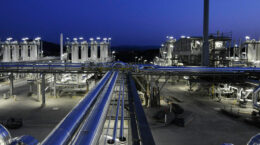Discover our solutions on the BASF Blue Map
We at BASF understand the challenges our customers are facing to reduce CO2 emissions. We are facing them ourselves.
We support them to decarbonize their process through innovative technologies.
In our Blue Map, we summarize the catalysts we offer to make the utilization of CO2 feedstocks possible.
Click here to learn more about sustainability at BASF Process Catalysts.




























